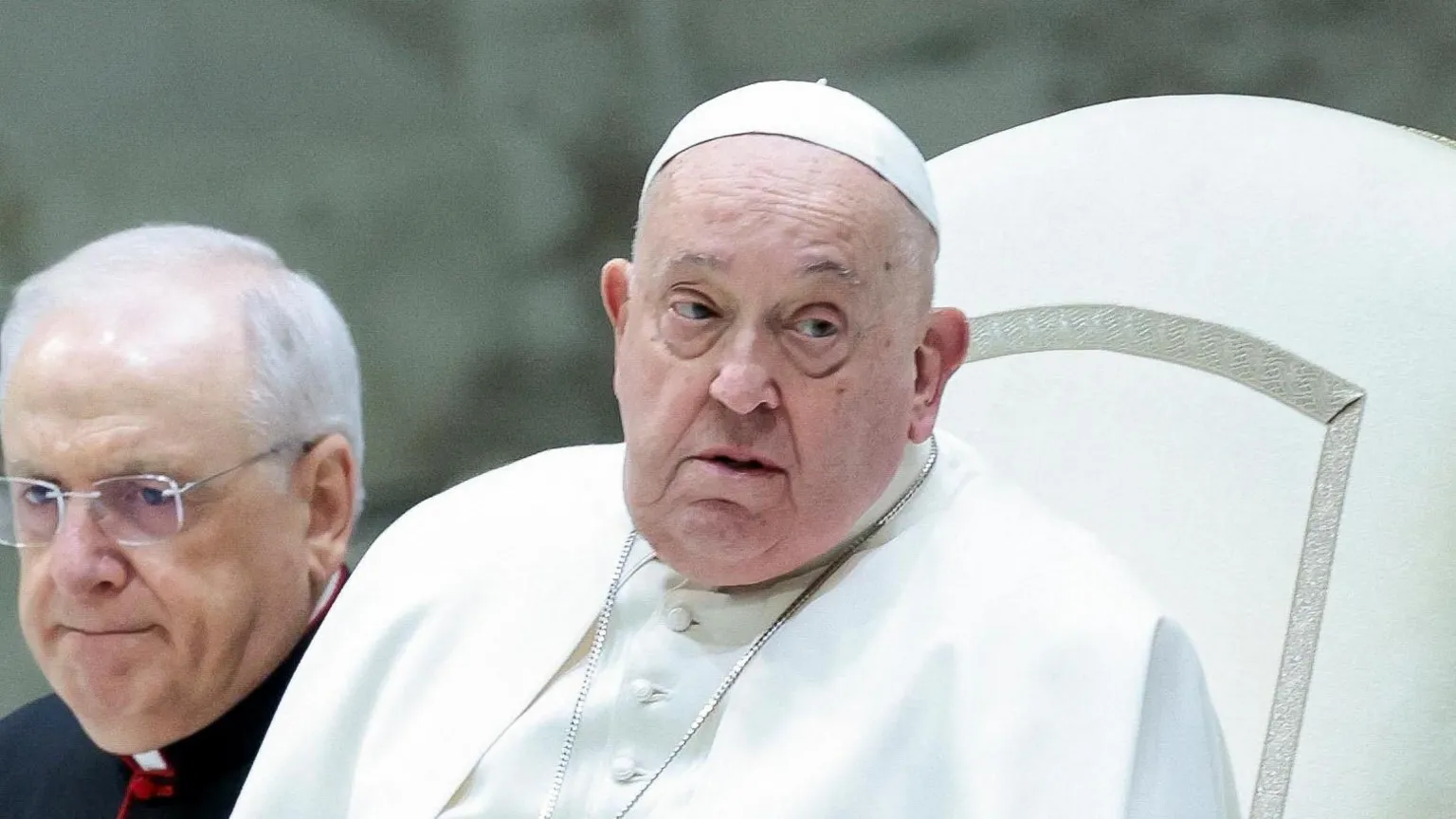Pope Francis’ 10-Day Hospitalization: A Timeline of Health Challenges and Recovery Efforts
A 10-Day Journey: From Bronchitis to Pneumonia
On February 14, 2025, Pope Francis was admitted to Rome’s Gemelli Hospital after experiencing persistent breathing difficulties. Initially diagnosed with bronchitis, his condition rapidly deteriorated. A follow-up CT scan on February 18 revealed bilateral pneumonia (infection in both lungs), prompting doctors to administer a combination of antibiotics and corticosteroids. The pontiff, 88, also received a blood transfusion to boost his red blood cell and platelet counts, a critical step in managing his respiratory crisis.
Day-by-Day Updates
- Day 1-3 (Feb. 14-16): Francis was admitted in “fair” condition, with symptoms of bronchitis and a slight fever. Vatican officials reported he slept peacefully and maintained a routine, including reading newspapers and working from his hospital room.“ “
- Day 4-5 (Feb. 17-18): A polymicrobial infection—a mix of viruses, bacteria, and fungi—was identified, complicating treatment. The Vatican described his condition as “complex,” canceling public audiences.“ “
- Day 6-10 (Feb. 19-23): Despite initial concerns, Francis showed “slight improvement” in blood tests, with reduced inflammatory markers. He continued to eat breakfast daily, receive the Eucharist, and even greeted Italian Prime Minister Giorgia Meloni in good spirits “. However, he remains in the hospital for “appropriate” recovery time.“ “
Medical Context: The Risks of Respiratory Infections in Older Adults
Pope Francis’ history of having part of his lung removed in his youth“ likely contributed to his susceptibility to severe respiratory infections. Bilateral pneumonia is particularly dangerous, as it affects both lungs and reduces the body’s oxygen-carrying capacity “. The Vatican has emphasized that his treatment plan, including oxygen therapy (though not currently needed) and antibiotics, is tailored to his unique health profile.“
Public Response and Vatican Communication
The Pope’s condition has drawn global attention, with leaders and faithful expressing prayers and support. Vatican spokesperson Matteo Bruni noted Francis’ gratitude for the outpouring of goodwill, even as he requested continued prayers.“ The absence of fever, while potentially concerning in severe infections, was cited as a positive sign by some medical experts.“
Looking Ahead
As of February 23, Pope Francis remains in critical but stable condition, with no new updates on kidney insufficiency claims. His prolonged hospital stay underscores the challenges of treating complex respiratory infections in older adults with preexisting conditions. The Vatican has not confirmed reports of kidney issues, focusing instead on his respiratory recovery.“ “
References
- Pope Francis’ critical condition and treatment details (February 23, 2025)
- Daily updates on pneumonia diagnosis and treatment (February 19, 2025)
- Polymicrobial infection and treatment complexity (February 18, 2025)
- Hospital stay extension and medical history (February 18, 2025)
- Recent improvement and Prime Minister visit (February 20, 2025)
- Pope remains in ‘critical’ condition after ‘respiratory crisis’
Note: This article is based on publicly reported information,As of February 24, 2025, no official information was retrieved regarding Pope Francis experiencing early kidney failure.


